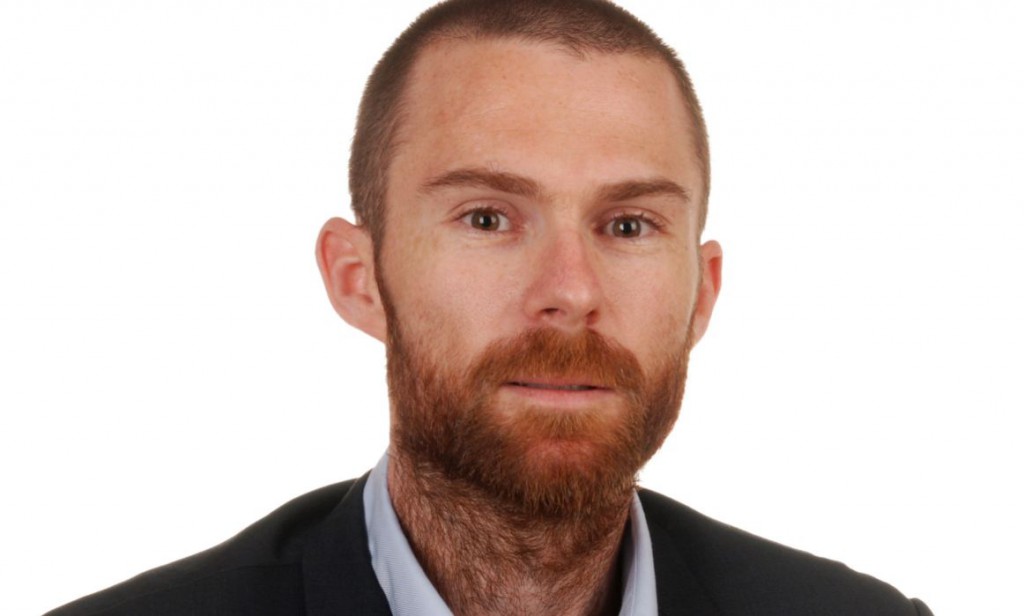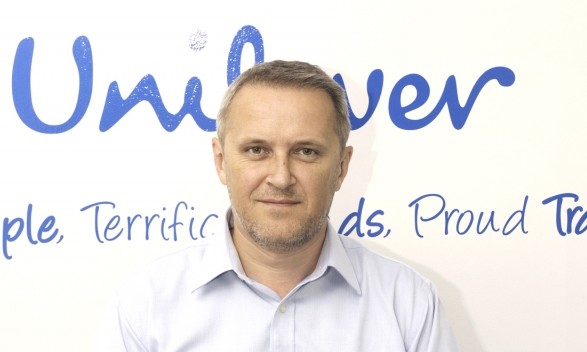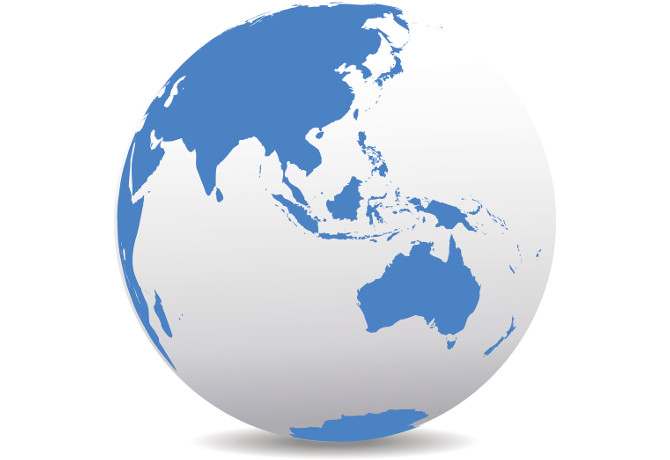M&M Global, in partnership with Rubicon Project and Festival of Media APAC Awards, gathered five media experts to find out the key trends shaping programmatic across Asia Pacific.
In a region that is extremely diverse within individual countries, never mind the wider region, APAC’s programmatic understanding and implementation ranges from being in its infancy to, in some cases, advanced maturity.
It makes trying to find a balance between knowledge centres particularly tough. However, over a lunch in the ParkRoyal Hotel in Singapore a collection of industry experts – Liam Lucas, senior regional director, Rubicon Project; Josh Gallagher, chief strategy officer, Havas APAC; David Porter, vice president global media, Unilever Asia, Africa, Middle East, Turkey and Russia; Matt Ware, head of programmatic APAC, MediaCom; and Mark Bowling, head of strategy and communications planning, PHD China – provided an interesting insight into programmatic throughout APAC.
“We’ve seen more clients move into programmatic in the last 18 months in countries such as Singapore, Indonesia and Vietnam, but it is very nuanced in terms of the level of knowledge and sophistication,” explains Ware.
What is certain is that some countries such as Australia, Hong Kong and Japan are advanced when it comes to programmatic in the region. However, even in countries with a more mature automation understanding, agencies still believe it is important to continue to educate the region and in particular clients.
For tech providers such as Rubicon, education is also important, particularly as one of the biggest challenges for publishers in the region is Google.
“Google is both the biggest revenue source for publishers, but also their biggest competitor, which is why cooperatives are working well in the region and stop some of the bigger players praying on ignorance in certain quarters,” reveals Lucas.
Backing this up, Gallagher insists it is important to ensure that countries in the region who are just waking up to programmatic like Vietnam don’t end up trusting one or two players like in other areas around the world.
Programmatic objectives
From a client perspective, Porter reveals that Unilever is looking to be active in programmatic in every market on earth and has a number of objectives when looking to utilise it in APAC.
“For us it is all about viewability, so we know who we are talking to, capping our frequency so we can send less annoying messages, ensuring brand safety and that we are talking to real humans. At the moment we are learning about the better, but not how to make programmatic cheaper,” explains Porter.
“There are layers and layers of costs associated with programmatic at the moment, which is quite frustrating. If you were to draw a comparison with the automotive industry they would never have automated the production lines if there was going to be a bigger cost.
“It has to be remembered that the traditional ways of advertising aren’t geared up for programmatic.”
However, Gallagher (pictured, below) disagrees with this sentiment and argues that part of programmatic is about using data in a smart way, and that as a result the cost should not necessarily be cheaper.
“If there is more value in the data then there is a reason to pay more for it,” stresses Gallagher.
Backing this sentiment up, Lucas believes there is a lag in realising the gains that can be made in tech, but that the likes of Rubicon – as a tech provider – can probably do more to try and bring the costs down.

Transparency issue
Cost is not the only issue surrounding programmatic and, over the last 18 months the issue of transparency has risen to the top of the agenda as clients start to question where and how their digital ad spend is being utilised.
“It’s clear that the industry has not been as honest as it should be in digital and it’s certainly a topic for discussion,” adds Gallagher.
PHD’s Bowling goes one further and suggests data reliability is key and that currently in the region it is a little like the Wild West. He explains: “Industry associations used to have tight control of data and measurement systems, but this has now gone.”
“We do our own benchmarking, so we know what is happening around the world. It is not perfect, but much better than not knowing anything,” says Unilever’s Porter.
There is a genuine concern that the big guys are becoming the industry standard across the region and that this is not good for the sector.
“Rightly so the light is being shined on the tech companies to provide measurement and we understand that, and are working to deliver this on a regular basis to clients,” adds Lucas.
Inappropriate content
With the current furore around the placing of digital ads next to inappropriate content and some predicting it will cost YouTube $1bn in lost revenue the issue of transparency and viewability is high on all agendas in the sector.
Although at this time agencies and brands are not boycotting the video channel in the APAC market, understanding brand safety and being aware of the risks is something that the industry has to be aware of. For brands the option to potentially take programmatic in-house is something that has been mooted, but not everyone believes this is the way forward.
“To use an analogy, this is not the time for Unilever to put all of its money on black when the industry is going to go through so much and look very different in four years’ time,” explains Porter (pictured, below).
“We took the route that a hybrid model was the best option as it allows us to have a better grip on issues such as transparency. Brands who have gone in-house so far are very brave because it is a bit early in my opinion.”
Whether you are taking programmatic in-house, teaching the industry, or simply getting abreast of the latest technology it is important to ensure the main actors in the piece have the right talent in place.
“The biggest driver of this is the client who asks the toughest questions. All of our marketers are Google certified and we have developed a training programme in China that has now been rolled out globally,” reveals Porter.
“The basic aim is to ensure our entire marketing community is up to speed and the result has been a team of marketers feeling a lot more confident when it comes to discussing programmatic buying. The willingness to invest in training is huge in clients.”

Right talent
For agencies, hiring the right talent and training them is equally important with the likes of Havas investing heavily in giving its staff the opportunity to complete an online university course in programmatic.
However, Porter warns that, while practical training is great, as an industry we have to be careful not to have too many button pushers and ensure we have those that understand the human, and how he or she operates.
“The crucial job for the future is someone that can understand robots, but who can also talk to human beings,” adds Porter.
Talking of the future of programmatic in APAC, it looks like there is an opportunity for some exciting developments, which could potentially shape the way it is used globally.
“We are speaking to publishers who are just dipping their toes into digital, never mind programmatic, conversely in parts of the region where OOH and programmatic is starting to take off the possibilities are fascinating,” says Lucas.
It comes as no surprise that the participants mentioned China as somewhere that will certainly begin to lead the world, particularly in the OTT space and taking digital TV back into the living rooms.
Equally, Australia was mentioned as the country most likely to see the development and full adaption of programmatic TV and OOH.
For programmatic to work effectively in APAC and for brands to understand their consumers’ needs it is important for themselves, media agencies and owners to give their new and potential customers what they want and when they want combining digital methods with a human touch.








